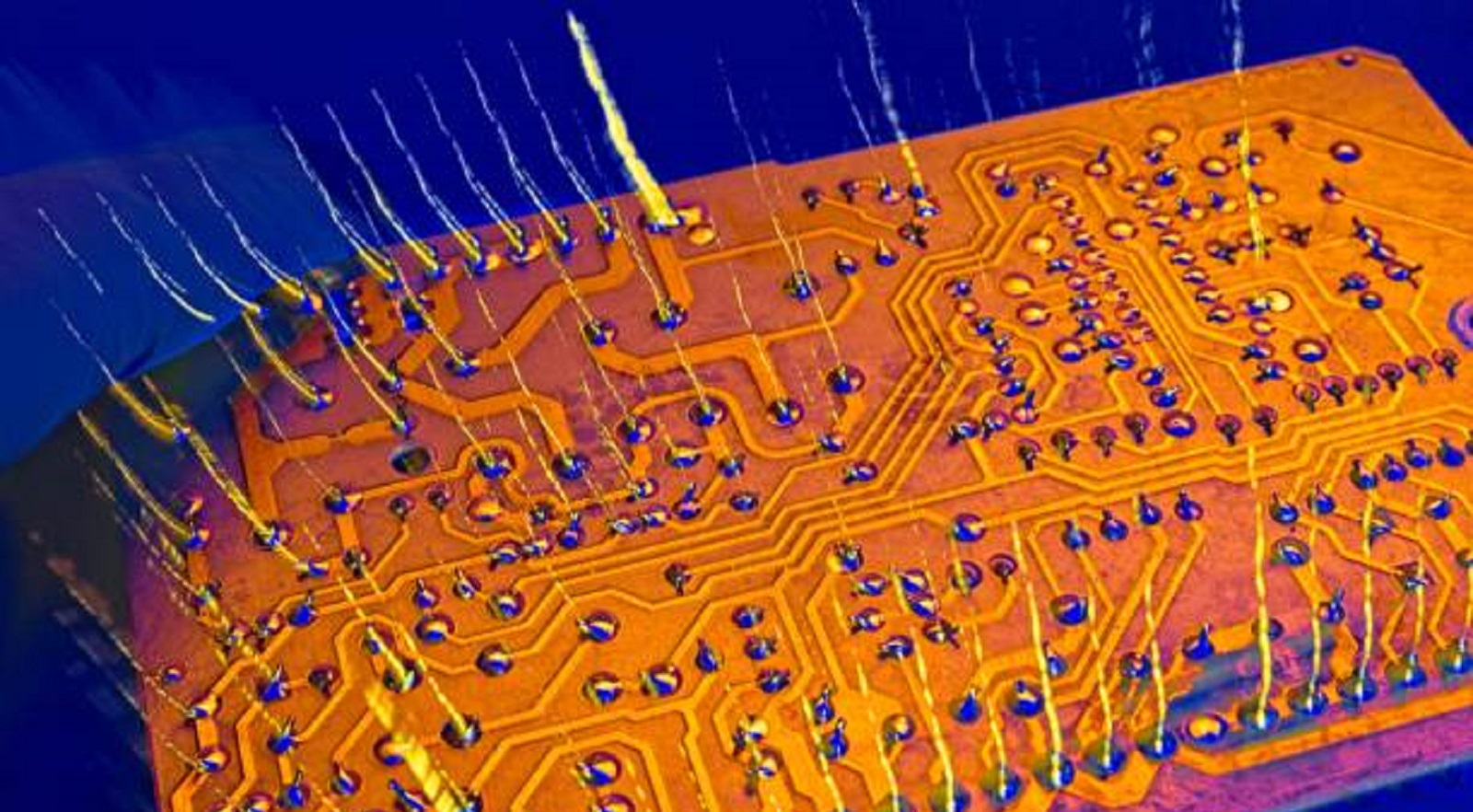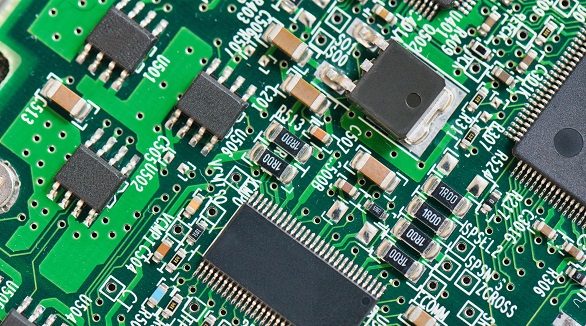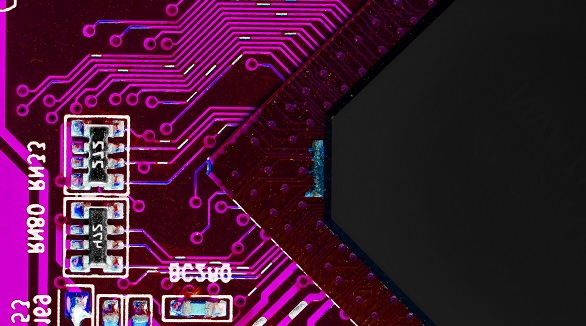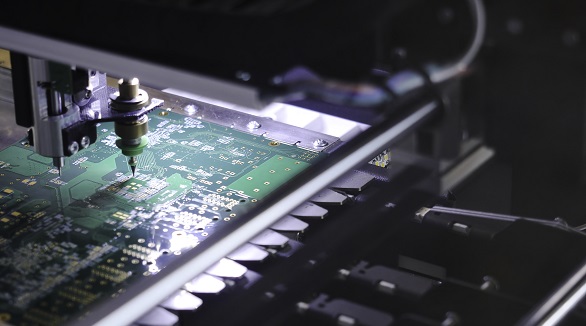A Guide to Optimal Preheating Techniques
Preheating PCBs enhances soldering by reducing thermal shock, improving wetting, and activating flux, using methods like conduction, convection, and IR.
Preheating in Printed Circuit Board assembly is one of the significant preparatory operations, vital in enhancing solder joint quality and guarding against board integrity. It also reduces thermal shock by heating the PCB up to a suitable temperature ahead of soldering and allows achieving much more homogeneous soldering. This article is going to present a comprehensive overview of methods, equipment, and best practices concerning PCB preheating and equip you with knowledge to be able to realize flawless soldering.

The Purposes of PCB Preheating
Some of the key reasons for preheating PCBs are for the following:
Minimizes Thermal Shock: Gradual heating of the PCB avoids thermal spikes that may cause damage to vulnerable components.
Reduces Thermal Gradients: Uniform heat across the board prevents warping and ensures that expansion, especially in complex assemblies, is consistent.
Activates Solder Flux: Solder flux must attain a certain temperature to activate it for the removal of oxides and contaminants, thereby improving solderability.
Drives Off Volatiles: Preheating evaporates moisture and other contaminants from the surfaces to be soldered.
Improves Wetting: Thinning solder paste by preheating enhances flow and adhesion of solder, hence stronger joints.
Allows Low-Temperature Solder Alloys: Preheating pre-conditions the temperature of the PCB and thus permits the use of tight melting range solder alloys.
PCB Preheat Methods
There are a number of methods employed in the efficient preheating of PCBs:
Conduction Preheat
Fast and uniform heating by direct contact between the PCB and the preheated surface: Common usages are made of metal plates or platens, which provide fast heating in accessible areas.
Convection Preheat
Heating using forced air and/or nitrogen within an oven in most instances
Generally, uniform heating-but more time-consuming-provides alternative when direct contact is unsatisfactory.
IR radiation heats up a PCB fast enough to support fast temperature ramp-up.
Care must be taken to avoid hot spots and damage to temperature-sensitive components.
Laser Preheat
The energy of the laser is concentrated on very small areas, ensuring that the heating occurs locally without affecting other components.
Control of the beam and intensity requires very sophisticated systems.
Thermoelectric Preheat
Utilizes the Peltier effect for precision temperature control using compact solid-state devices.
Limited capacity restricts the area and speed of heating.
Microwave Preheat
Dielectric heating by microwaves provides fast heating but is uneven.
Must be handled with care to avoid arcing with metal components.
System Design Considerations
The main factors of consideration in effective PCB preheat systems include:
Temperature Range: Compatible with PCB materials and solder alloys.
Heating Rate: The rate of rise is kept within 4-5°C/sec maximum to avoid thermal shock.
Uniformity: Gradients minimized to assure uniformity in heating.
Process Control: Closed-loop PID controllers are used to maintain accurate temperature.
Atmosphere Management: Use of an inert nitrogen atmosphere when heating to minimize oxidation.
Fixturing: Secure boards in place to prevent shifting with no areas obscured from light.
Cooling: Provide cooling mechanisms to reduce cycle times between soldering.
Automation: Position preheating in automated systems for reproducibility.
Solder Paste Reflow Profiling
Reflow ovens for SMT utilize controlled preheat stages:
Preheat Ramp-Up: Gradually raise the temperature of the board to minimize thermal shock.
Soak Zone: Dwell time allows for uniform heating and flux activation.
Reflow Peak: Attain temperatures above solder liquidus for complete melting.
Cool Down: After soldering, a good solder joint solidifies by gradually cooling down.
Hand Soldering and Rework Preheat Guidelines
For Hand Soldering
Low-power heat guns apply heat for uniform preheating without overheating.
Ensure the solder paste prereflows before applying the iron.
For Rework
Thermal tweezers may apply local heating to affect selected areas of components.
Maintain temperature profiles for preventing component damage.
Monitoring and Control
Effective monitoring assures quality preheating consistently:
Use thermocouples or IR sensors to report in real-time on the process.
Adjust PID parameters for maintaining the heating profile's stability.

Proper preheating is necessary for good soldering performance in PCBs, defect reduction, and component protection. The ability to master this technique in preheating will enable the provision of quality solder joints, which form a very important part in making any electronic assembly reliable and durable. By understanding and applying the right methods and standards for preheating, you will be able to enhance your PCB assembly processes and ensure optimum results. Precise preheating will change how you do PCB manufacturing for good quality and performance.
Hot Tags:
Contact us

If you can't find what you're looking for, please contact us.
Article

CTI measures PCB material's resistance to electrical tracking, ensuring safety and reliability in electronic circuits, crucial for design and manufacturing.

High-speed PCBs (>1GHz) are crucial for advanced electronics like 5G and data processors. Key practices include ensuring signal integrity, controlling EMI, and maintaining power integrity for reliable performance.

Reflow soldering is vital for PCB assembly but faces challenges like solder bridging, tombstoning, and voiding. Effective solutions include optimized stencil design, thermal profiling, and precise component placement.
